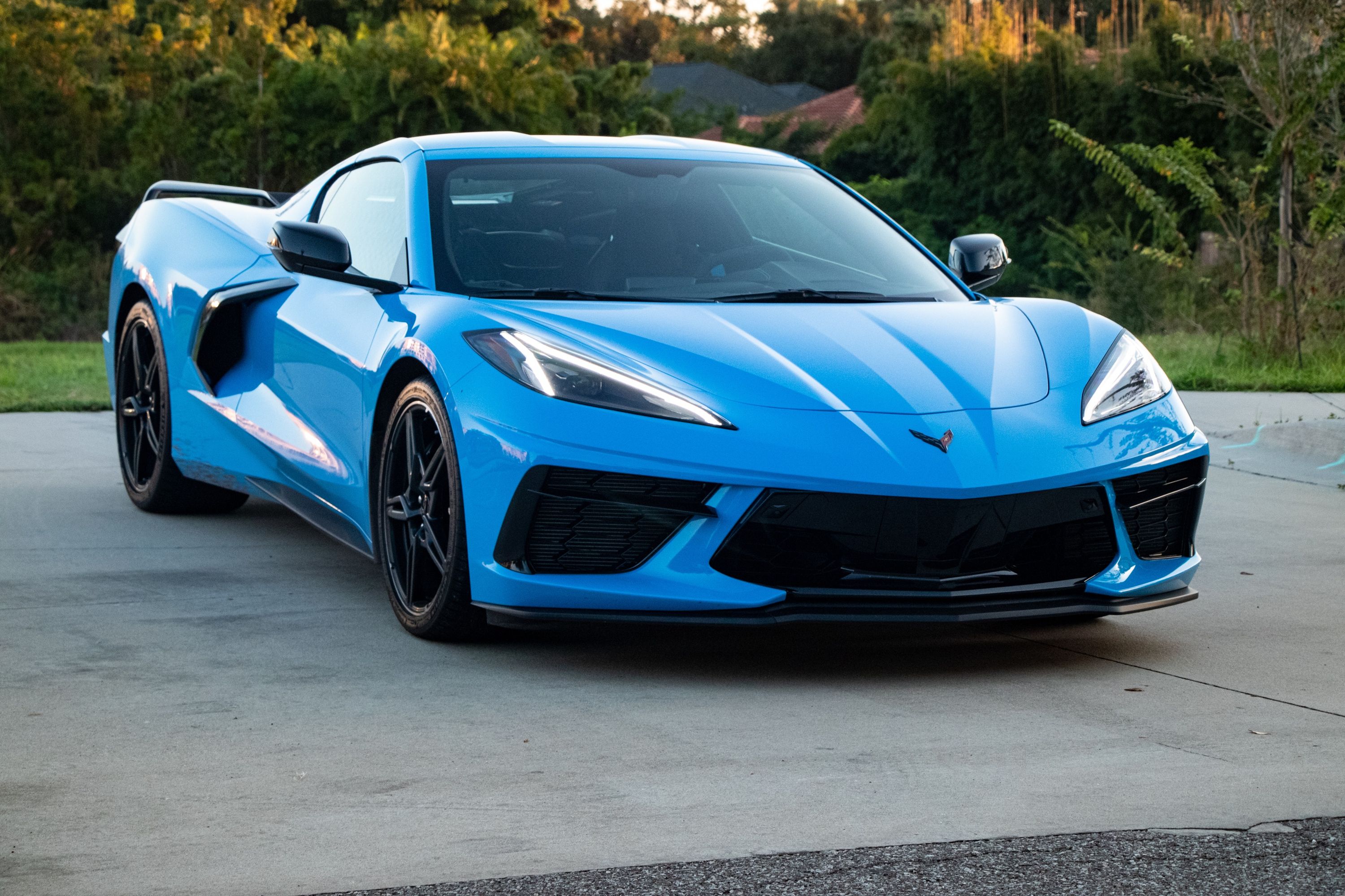
Additive manufacturing processes such as 3D-printing have been a godsend to the automotive industry, allowing automakers to quickly and cheaply mock up prototype components for test-fitting and developing.
But nowhere are the benefits of 3D-printing felt more strongly than in motorsport - a pursuit rife with bespoke one-off components that, until recently, all cost an arm and a leg to manufacture. Chevrolet recently shared that it had amassed some 80,000 miles of all-out competition with 3D-printed components between its IndyCar, NASCAR, Corvette Racing, and Silverado motorsport efforts, and with each race run, the company inches closer to being able to use the technology on production car parts.
"Chevrolet has a long history of technology transfer between our motorsports and production teams, and this is a perfect example of our approach," says GM's Vice President of Performance and Motorsports in the US, Jim Campbell. "GM's 3D-printing capability speeds up our learning cycles and, in turn, these racetrack experiences help our additive manufacturing team move one step closer to using 3D-printed parts in production vehicles."
The new rear-mid-engine Chevrolet Corvette C8.R race car is a perfect example of the concept in action, with each of Chevy's two race cars fielding no fewer than 75 3D-printed components. The list includes the oil tank, tank inlet, tank cap, hydration system, power steering pump bracket, and headlight assemblies. Over seven races, the C8.Rs have racked up nearly 8,000 miles of racing on those parts.
Chevrolet's NASCAR and IndyCar entrants are even more impressive proofs-of-concept, accumulating 18,500 and 60,000 miles of racing, respectively, with 3D-printed parts. Even portions of the exhaust on Chevrolet's IndyCar race car are 3D-printed.
"Chevrolet Motorsports is demonstrating the many benefits of additive manufacturing, including manufacturing efficiencies, mass reduction, parts consolidation, creativity, and cost savings," says GM's Director of Materials Engineering, Additive Design and Manufacturing, Audley Brown. "3D-printed parts can offer equal strength and durability to cast or milled components, which is critical for product development and design."
GM isn't the only automaker committed to seeing 3D-printed parts being reaching its production passenger vehicles, but it's one of the most vocal on the topic, partnering with CAD software developer Autodesk in 2018 to design lightweight 3D-printable parts for EVs.
